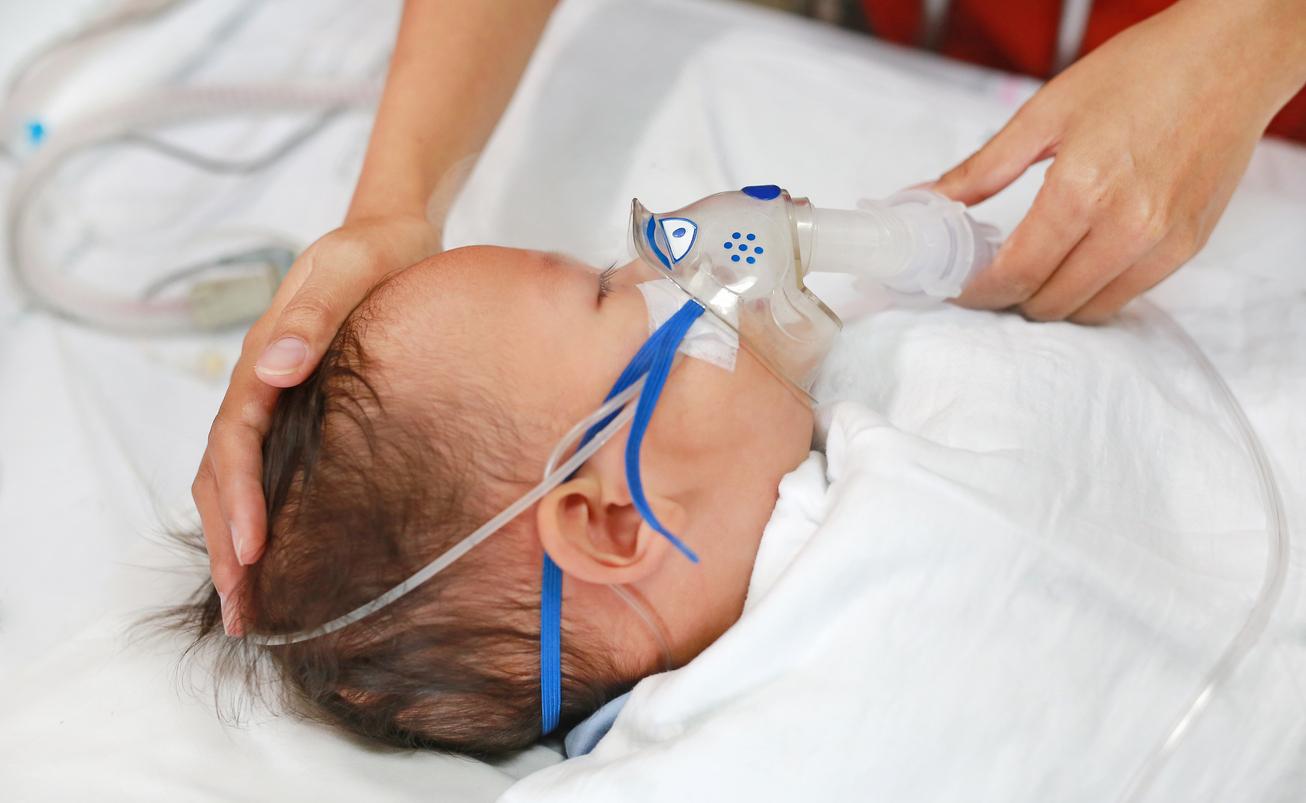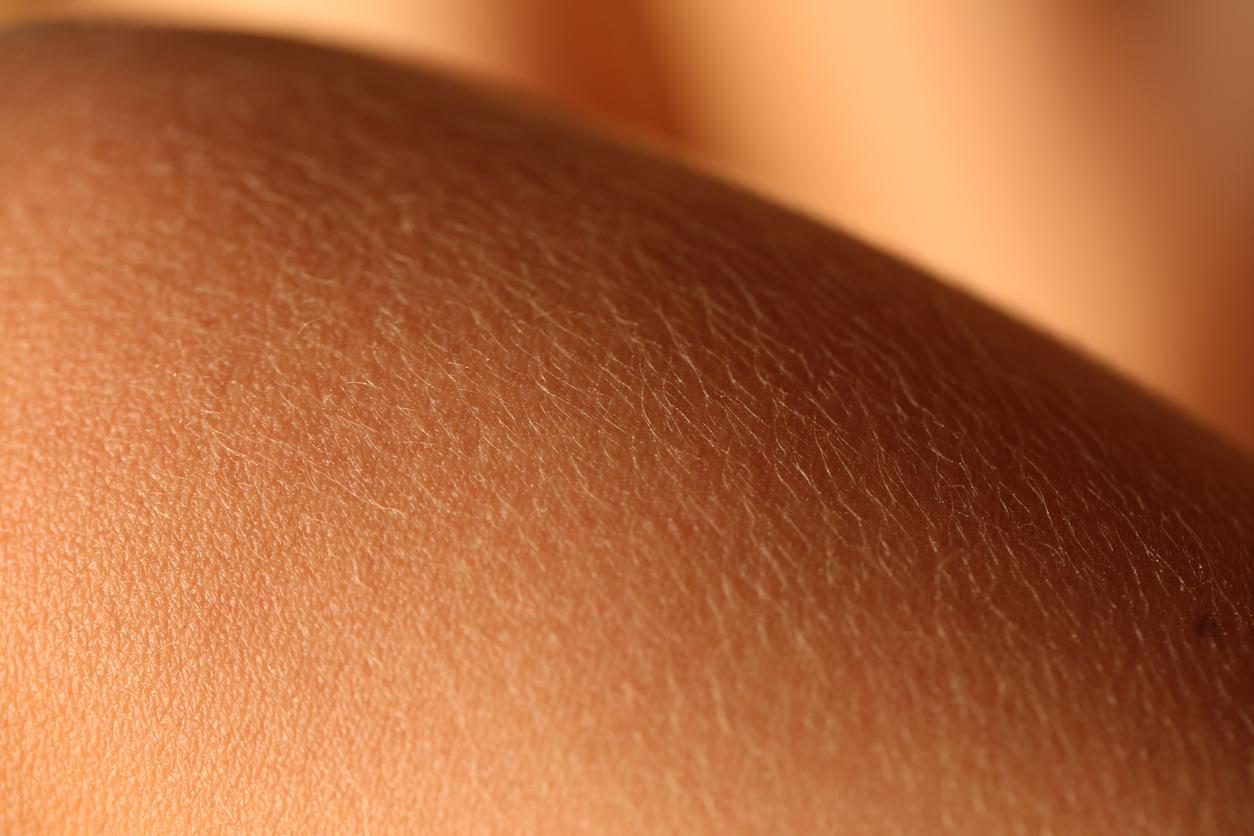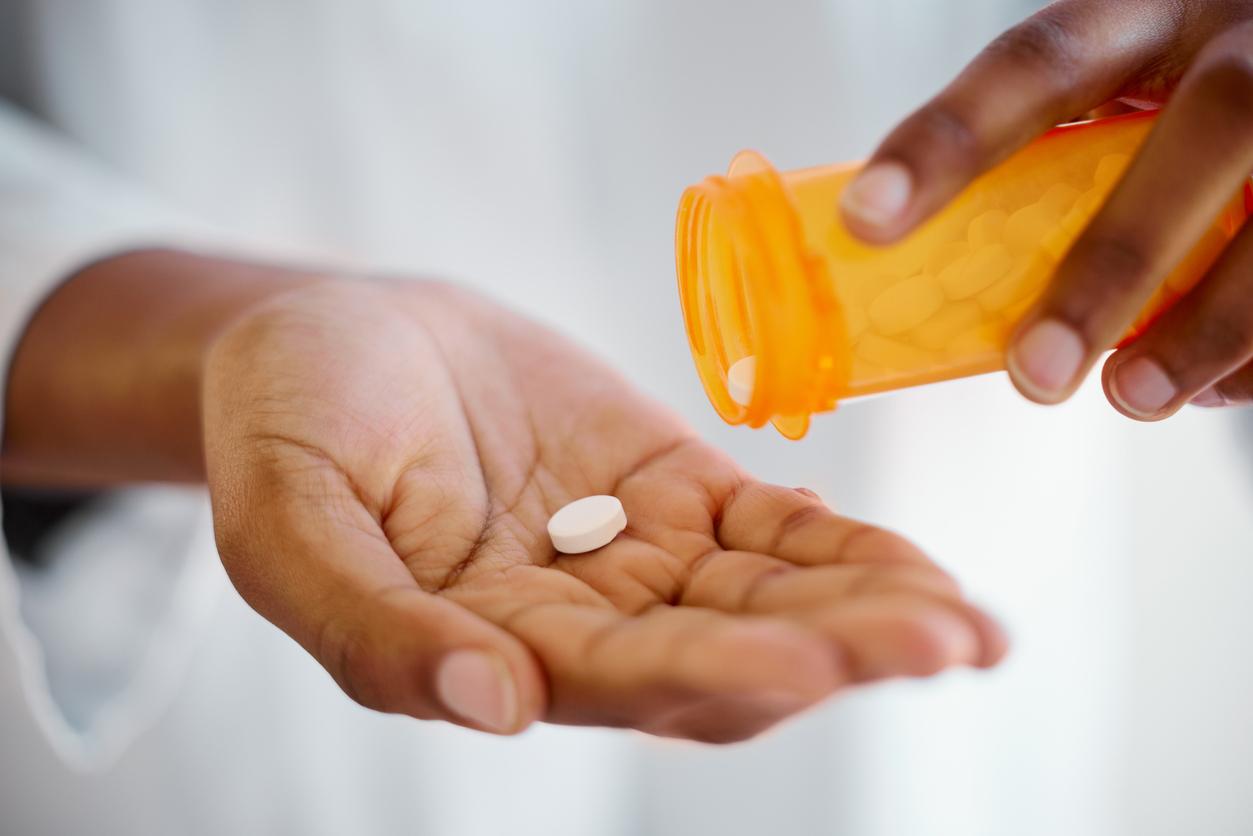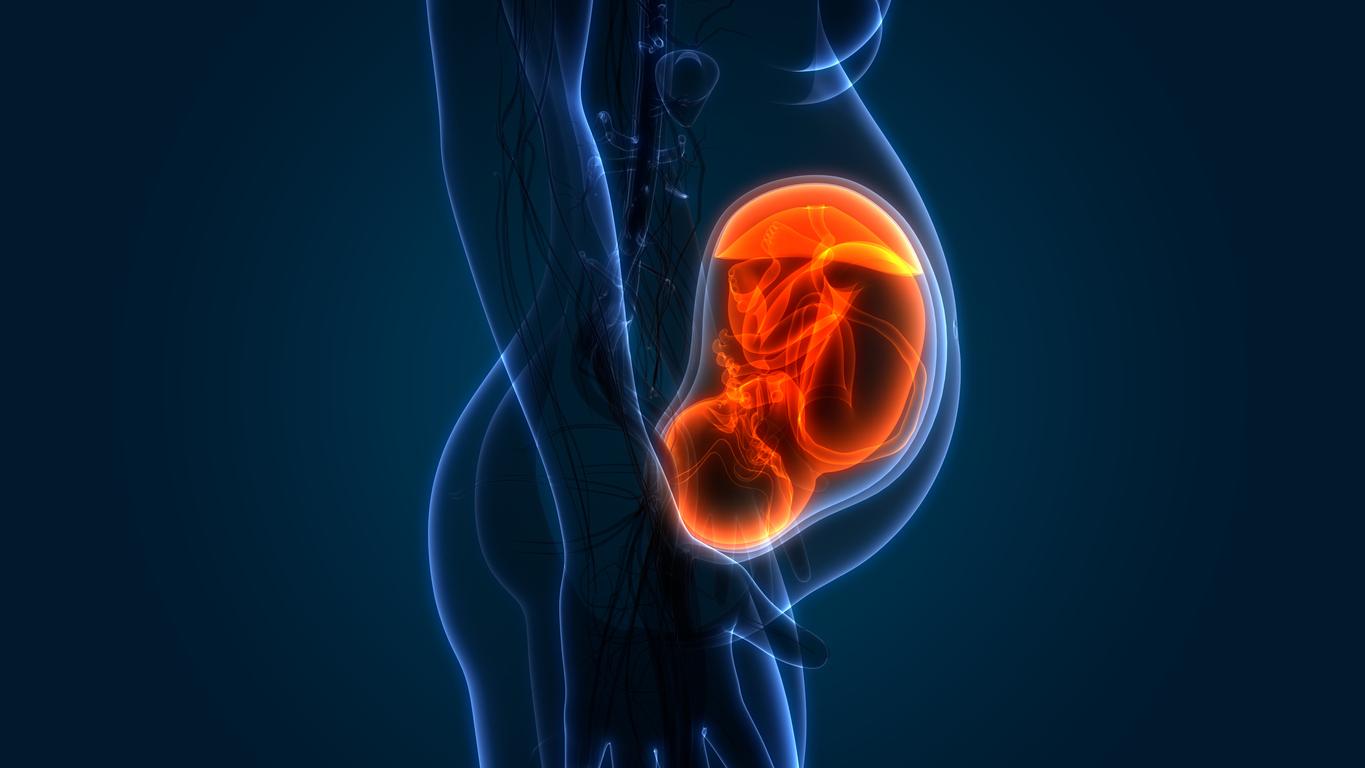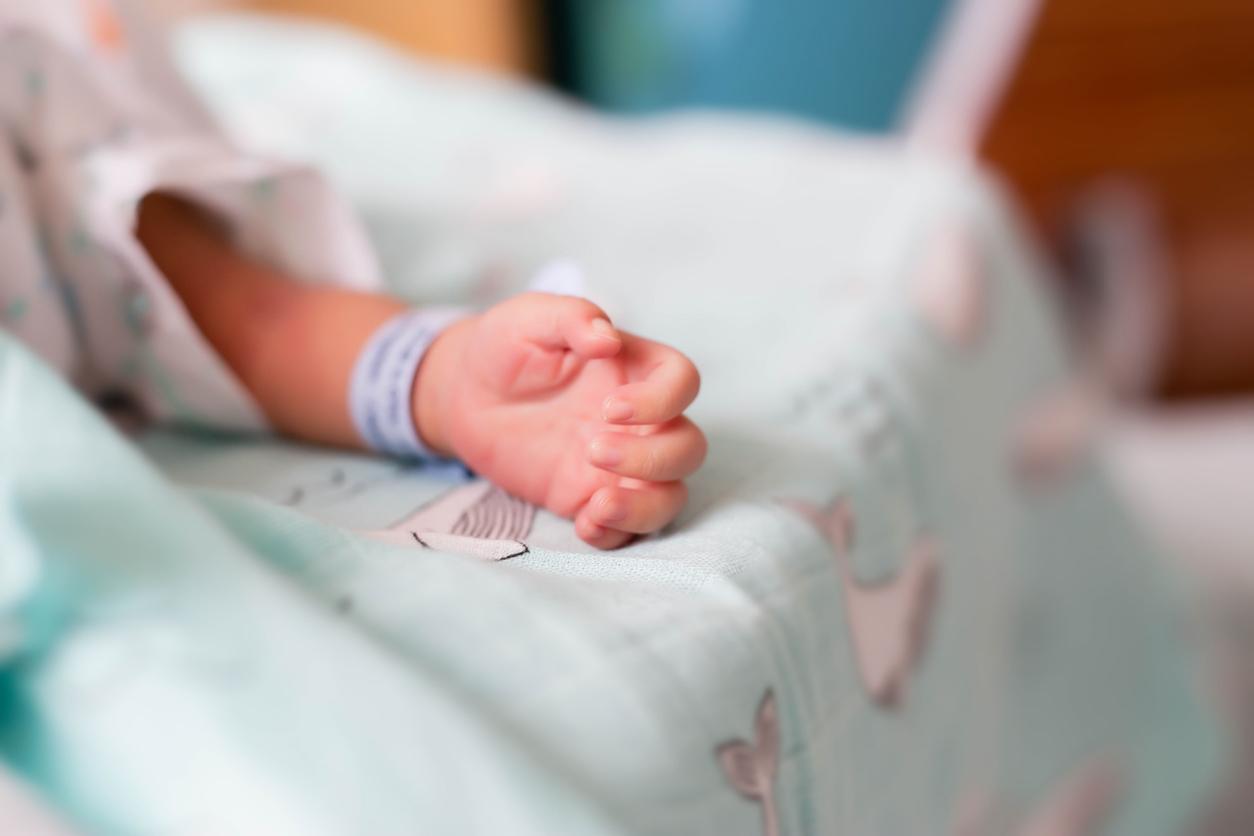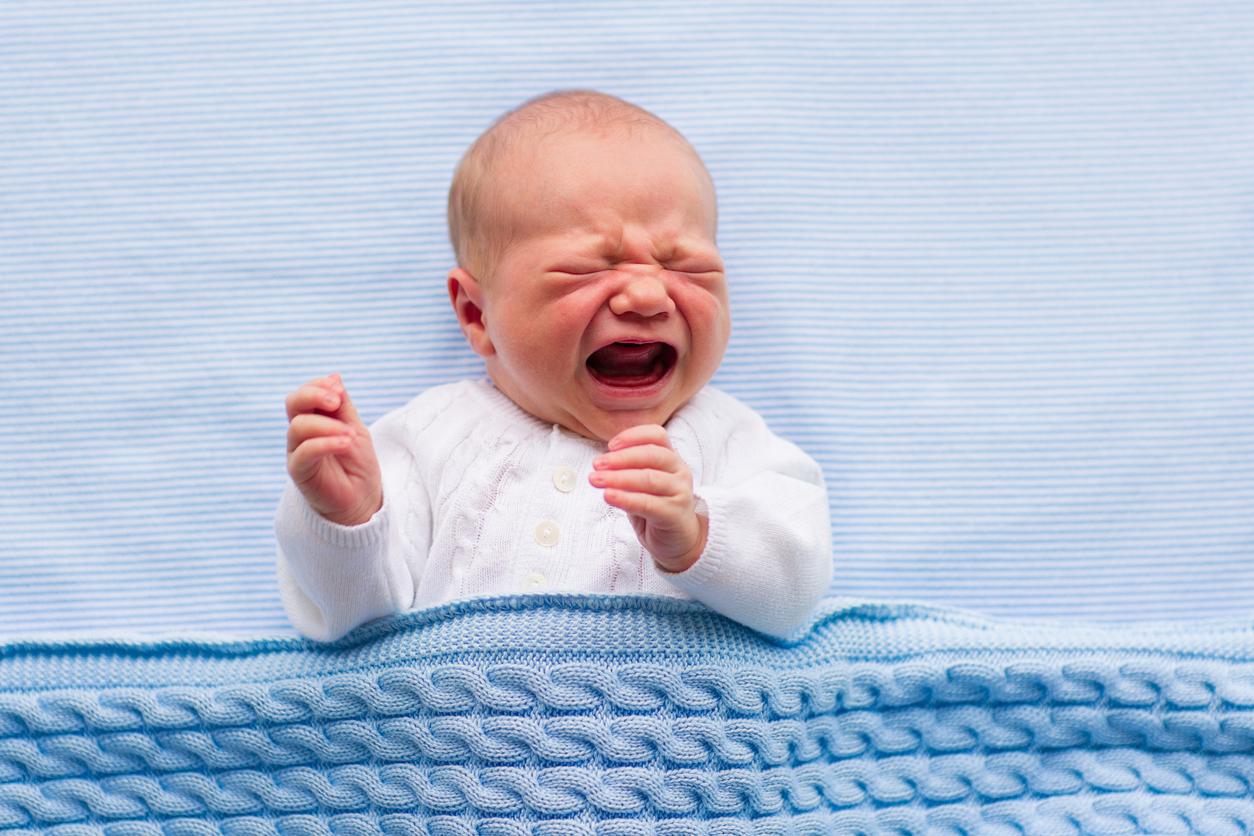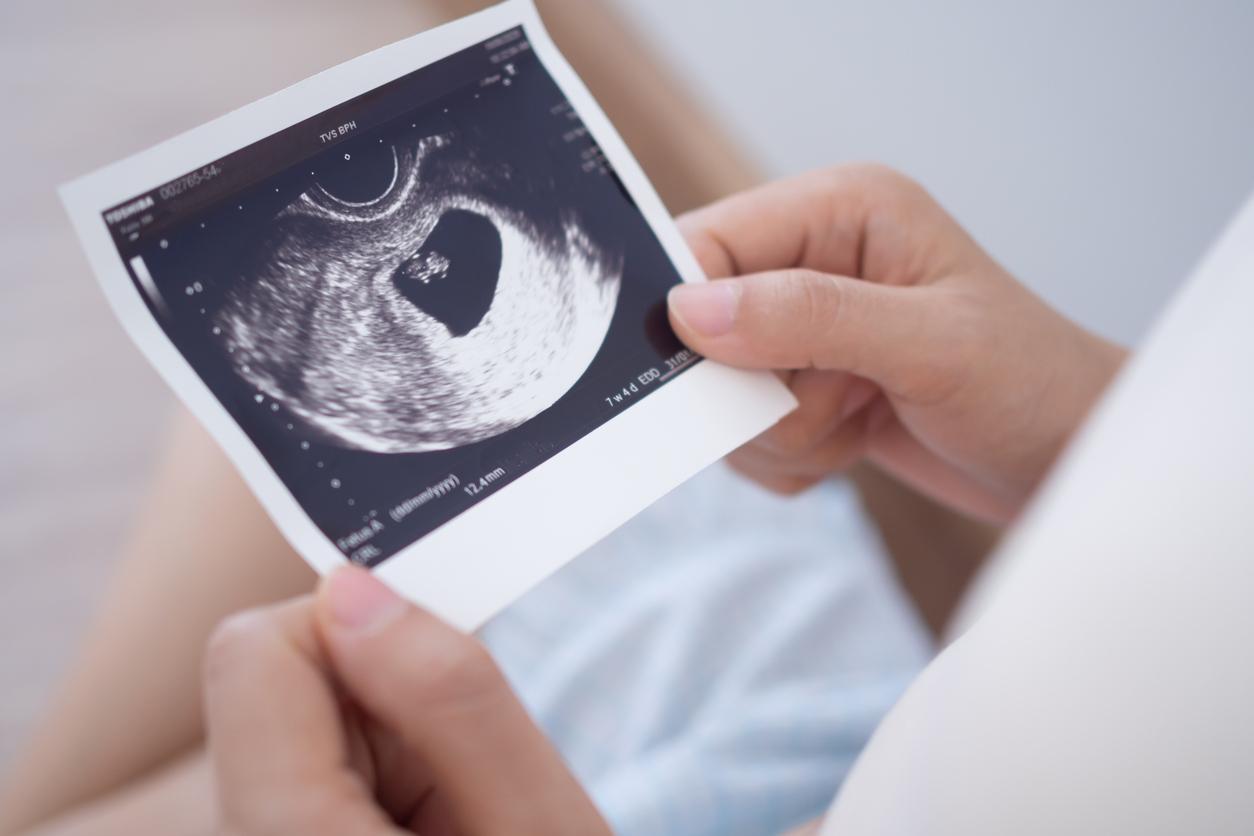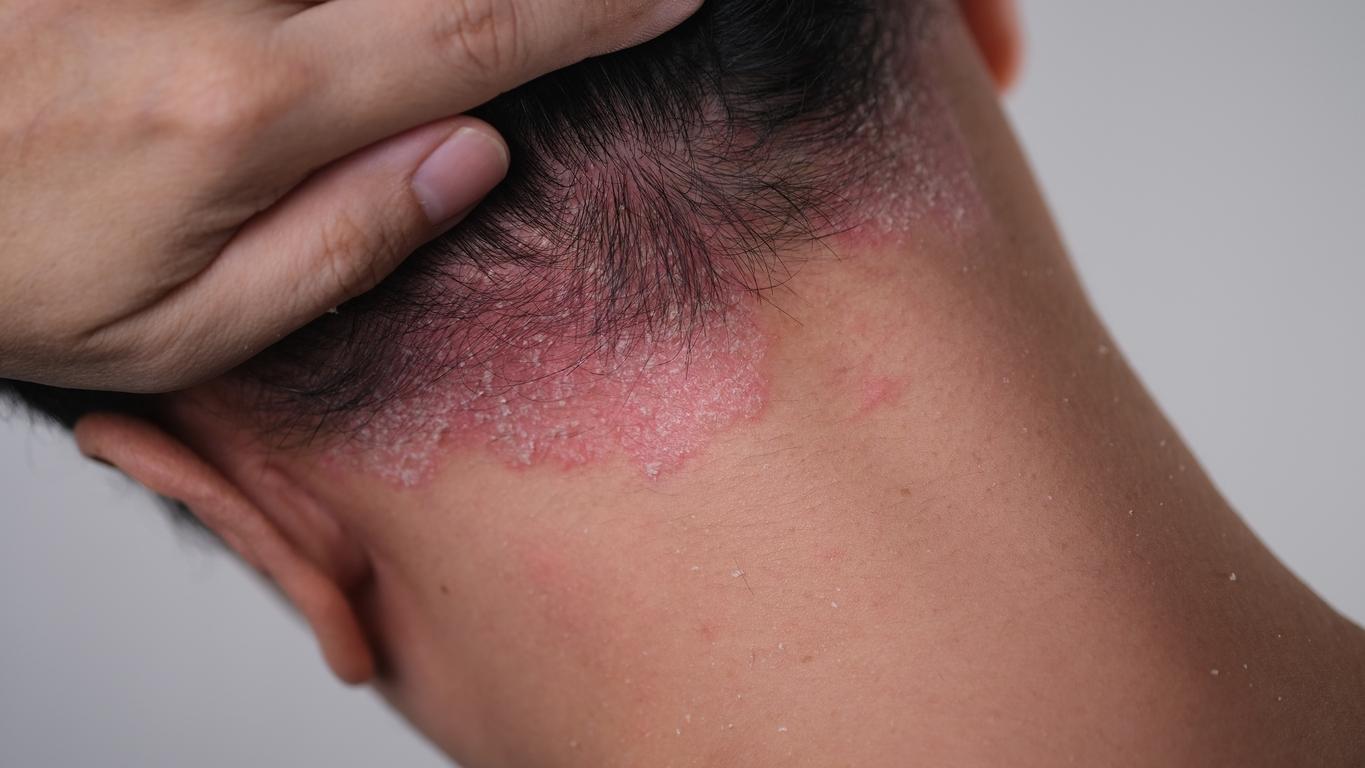As the first snow has fallen in France, here are 10 practical tips for spending the winter in good health.

1/Why do we shiver when it’s cold?
Our personal boiler is not an ordinary heater, but an ultra-sophisticated power plant to keep our temperature between 36.5 and 37.5. Thermal regulation depends on an area located in the middle of our brain. If our temperature drops, this area sends nerve signals to our muscles to first perform piloerection, that’s the scientific term for goosebumps, then contract, that’s called shivering with cold. .
2/What is the purpose of these chills?
The goal is to produce heat through our muscles. To warm up in case of cold, to evacuate it in case of too full in the fever. Conversely, if the temperature rises, the nerve signals will give the order to dilate the blood vessels to lose heat, which has the effect of blushing and triggering sweating. So it’s as stupid when you go out in winter to cover yourself excessively with layers of clothes as to show off in a T-shirt.
3/What is the right dressing when it’s cold?
The right dressing is one in which you don’t shiver – because if you continue to shiver, your body is in pain – and one that does not cause sweating, which is dangerous as soon as the movement begins. will stop.
A special case, the skull of the very young. When it’s cold, taking a child out bareheaded is like going bare-chested for an adult. The surface of the head in the very small is indeed proportionally much greater than that of the adult. And yet, we always come across these children who are certainly well swaddled in the bottom of a pushchair but… without a hat! Which is equivalent to taking the grandfather out shirtless… which no one would let. But the cold is dangerous, and children and the elderly are more vulnerable than adults also because of thinner skin.
4/Once you are well equipped when you have to go out, should you protect the skin of the exposed areas?
It is only about the face because you have to wear gloves. Some reactions are normal and no one can escape them: itching, dry skin, cracked lips. Frostbite and all pain due to cold are abnormal and should be treated like burns.
5/How do I know if it is frostbite?
If baby complains of pain in the hands, feet, nose, cheeks and ears during a particularly cold walk, you must have the “frostbite” reflex and return as quickly as possible to warm up the parts of the body that are affected with the help of a lukewarm cloth or bath, which is the best solution. Above all, do not expose it to a significant heat source as it could aggravate frostbite. If it is only pre-frostbite, the pain will subside quickly. If it is frostbite, the pain will come back, quite sharp, like a burn which is, in fact, quite close in its consequences.
6/Is this only for toddlers?
Adults are not immune to the harmful effects of the cold, especially older people who also have very thin skin. If so, it will first turn red, then white or greyish. Above all, do not rub. The only thing to do is to use lukewarm heat there too. That of his body first if it is the hands, then as soon as he returns home, the bath. If the pain does not yield or if blisters appear, the opinion of a doctor is essential.
7/ Can breathing very cold air be dangerous?
Here again, our organization has done things well. We must breathe through the nose, because this is the organ of respiration. The air that enters the nasal cavities is humidified, purified by our hairs, but above all warmed by an impressive number of small vessels. Moreover, a good blow on the nose makes it possible to check its richness in blood.
8/So, as always in good health, protecting yourself from the cold is above all a matter of common sense?
Yes… Sufficient clothing, gloves, a scarf in front of the mouth, a wide open nose and nature takes care of the rest. And, whatever the age – especially at the ends of life – when it freezes, we must respect a few rules: avoid clothing that is too tight so that our blood circulation is not blocked and can play its role as an internal radiator , which is much more powerful than you might think. It is also necessary to fight against humidity, which plays an important role, and to take loose and waterproof clothing. And if the temperature is below – 20, do not go outside. These are temperatures where very young and old have – medically speaking – nothing to do outside.
9/ What about fuels like alcohol?
The legend of the Saint Bernards and their barrels of alcohol… If this legend were true, the brave “doggies” would have irretrievably killed the castaways of the mountain. With alcohol it’s hot outside, cold inside, since alcohol dilates the vessels of the skin. So it’s a stupid legend…
10/And the falls?
If some are really afraid of the cold – the elderly in particular – you should know that in winter, it is not frostbite that is most to be feared, but rather slipping.

.









